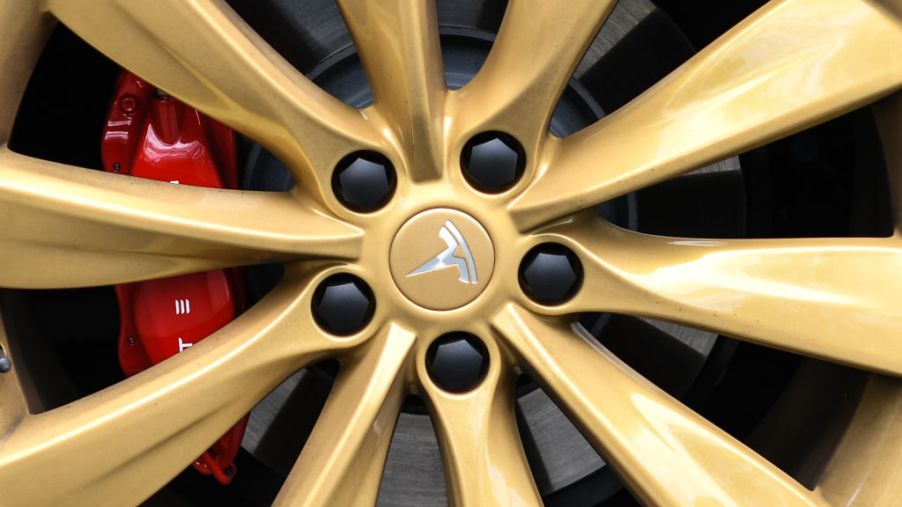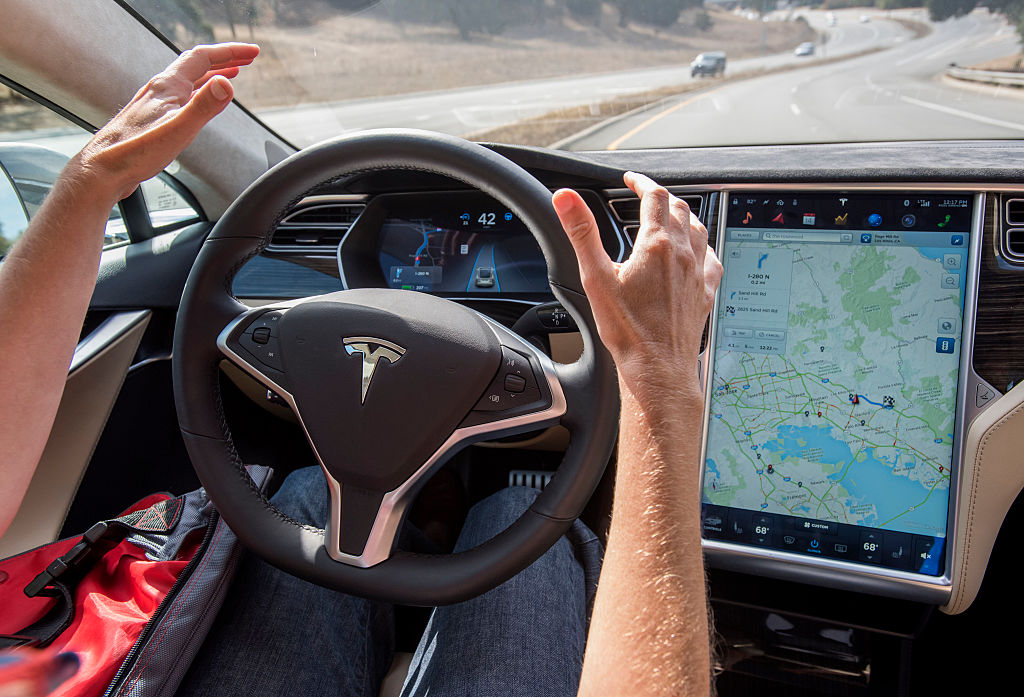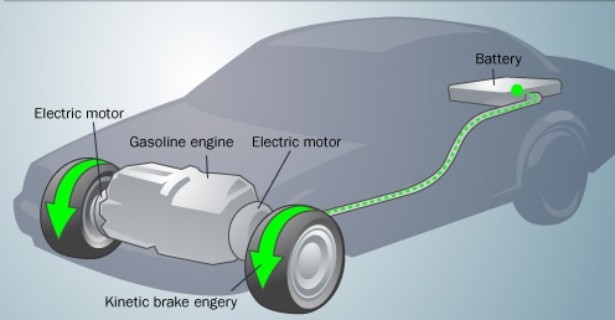
What is Regenerative Braking?
You may have heard the phrase “regenerative braking” in the context of hybrid or electric vehicles, but when it is explained the concept seems overly simplified.
In a traditional car, the braking system uses drum brakes or disk brakes with brake pads to slow the car. The mechanisms are simple but wear easily and need constant maintenance. Cars with standard braking systems have no ability to recover energy that is created as the car slows down or comes to a stop. Disc brakes are able to stop the car using friction, which wears down both the disk brakes and the brake pads, causing them to be unsafe if they are not regularly replaced. Disc brakes don’t convert the kinetic energy into any useable form, and the energy is typically lost as heat. Drilled and slotted brake discs are designed and implemented on performance cars for that exact reason, and help promote that heat dissipate.

Efficiency and Benefits
Regenerative braking is able to recuperate some of that energy that is typically lost as heat. The system uses an energy recovery mechanism as part of the braking system. In this system, the car is slowed down by using a different form of resistance than friction and is able to convert the kinetic energy into a form that can be used by the car or stored in the battery cell.
The obvious benefit to regenerative braking is that you car is essentially able to recharge itself while you are driving. It makes cars more efficient because they are able to genuinely make use of energy that would otherwise be lost, and makes the car just a little bit more self-sustaining.
Another major benefit is that the life of this braking system is much longer and requires significantly less maintenance than your typical braking system.

Limitations
Of course, if regenerative braking were able to recover all of the kinetic energy from braking then electric vehicles would be pretty self-sustaining. While that may be more feasible in the future, regenerative braking does have some limitations that make it only somewhat helpful now.
Regenerative braking is not optimal when the car’s high voltage battery is cold. When the battery is cold it is overall not at its peak performance and it will not recover as much energy in the braking process as it would if the battery is warmed up. This is not a major concern as the battery warms up once you begin driving it. Many electrical vehicle owners in more frigid climates avoid this problem altogether by just starting their car a few minutes earlier than they plan on leaving.
There is no additional battery dedicated to holding the energy gained from regenerative braking. After all, wouldn’t it just make sense to put in another chargeable battery at that point? The regenerative braking system is useful when you are on longer trips or out running errands, but when the battery is completely full – like if you just left the house or unplugged the car- there is nowhere for that energy to go and it is lost regardless.
Limitations aside, regenerative braking has a lot of benefits to offer and is overall a really cool concept that more and more cars will be gaining as electric and hybrid vehicles gain popularity.


